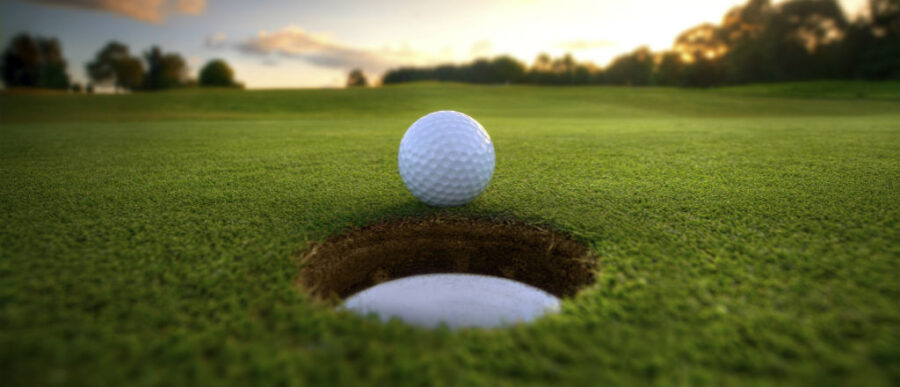One wouldn’t normally talk of golf and water preservation in the same breath. But containing water costs is becoming the very factor that will keep golf courses in the green. The United States Golf Association (USGA) is using GPS technology and targeted horticulture to help golf courses cut water consumption and related costs, as they seek to reverse their flagging fortunes. It is also working on attracting more players.
“The industry conversation has been dominated by a single topic, which is, ‘how do we get more golfers into the game?’” said Rand Jerris, senior managing director for public services at the USGA. If the industry has to support a growth in players from 25 million to 30 million or 40 million, it must develop a “sustainable ecosystem,” he added.
Jerris spoke on the USGA’s efforts to boost the financial well-being of golf courses on the Knowledge at Wharton show on Wharton Business Radio on SiriusXM channel 111. (Listen to the podcast at the top of this page.)
GPS in Golfers’ Pockets
In November, the USGA announced a 5-year research partnership with the University of Minnesota to keep the sport self-sustainable into the future. The agreement will focus on three areas: the cost of golf, the times it takes to play and golfer enjoyment. The USGA also wants to closely study the financial operating models of golf facilities, said Jerris. “We hope to generate a tremendous amount of new data and hard science that can help our industry make much more informed decisions.”
Limiting the maintenance and irrigation of the little-used portions of the golf course would save money.
The USGA has been using technology to help golf courses address one of their biggest challenges: water consumption costs. Jerris noted that water costs are rising 11% a year on average nationally, with the average golf course spending $600,000 a year on water and other maintenance. In drought-ridden California, some courses are spending more than $2 million a year on water alone. That squeezes the finances of the golf course.
One way to cut water costs is to determine if courses are maintaining and irrigating more acreage than needed. “The water issue will present the biggest challenge for golf in terms of sustainability,” he said. Indeed, in one program, the USGA puts GPS devices in the golfers’ pockets to track their play and discover which parts of courses are seldom, or even never, used. Limiting the maintenance and irrigation of the little-used portions of the golf course would save money. “This is actual, factual data,” Jerris said. Without such data, courses would be maintaining all the greens at considerable cost.
Buffalo Grass
Since 1983, the USGA has partnered with universities and invested some $50 million in research to develop commercially viable strains of turf grass that require less water, grow at slower rates or are less susceptible to diseases and pests, said Jerris. One strain is resistant to salt water. If it proves to be viable, golf courses could save a ton of money by using recycled water that tends to have higher salinity, he explained. The USGA is also banking on research into some types of buffalo grass that need to be mowed only twice a year, and survive being irrigated twice yearly as well.
The USGA is also banking on research into some types of buffalo grass that need to be mowed only twice a year, and survive being irrigated twice yearly as well.
There have been some gains over the past decade. U.S. golf courses have cut water consumption by 22%, Jerris said, citing data from a study by the USGA and the Golf Course Superintendents Association of America. Estimated savings from water bills stand at $150 million, he said, with similar declines seen in labor and chemicals costs. The USGA’s goal is to help golf courses further cut costs by 1% annually over the next decade — or 10% by 2025 — to save another $1.5 billion, he added.
Those will be much-needed savings. Since the 2008 recession, declines in disposable incomes have reduced the number of rounds played and green fees on golf courses, said Jerris. In turn, lower earnings have forced many golf courses to postpone capital improvement projects. But with a 3% uptick seen this year, he is hopeful that the slump has bottomed out.



